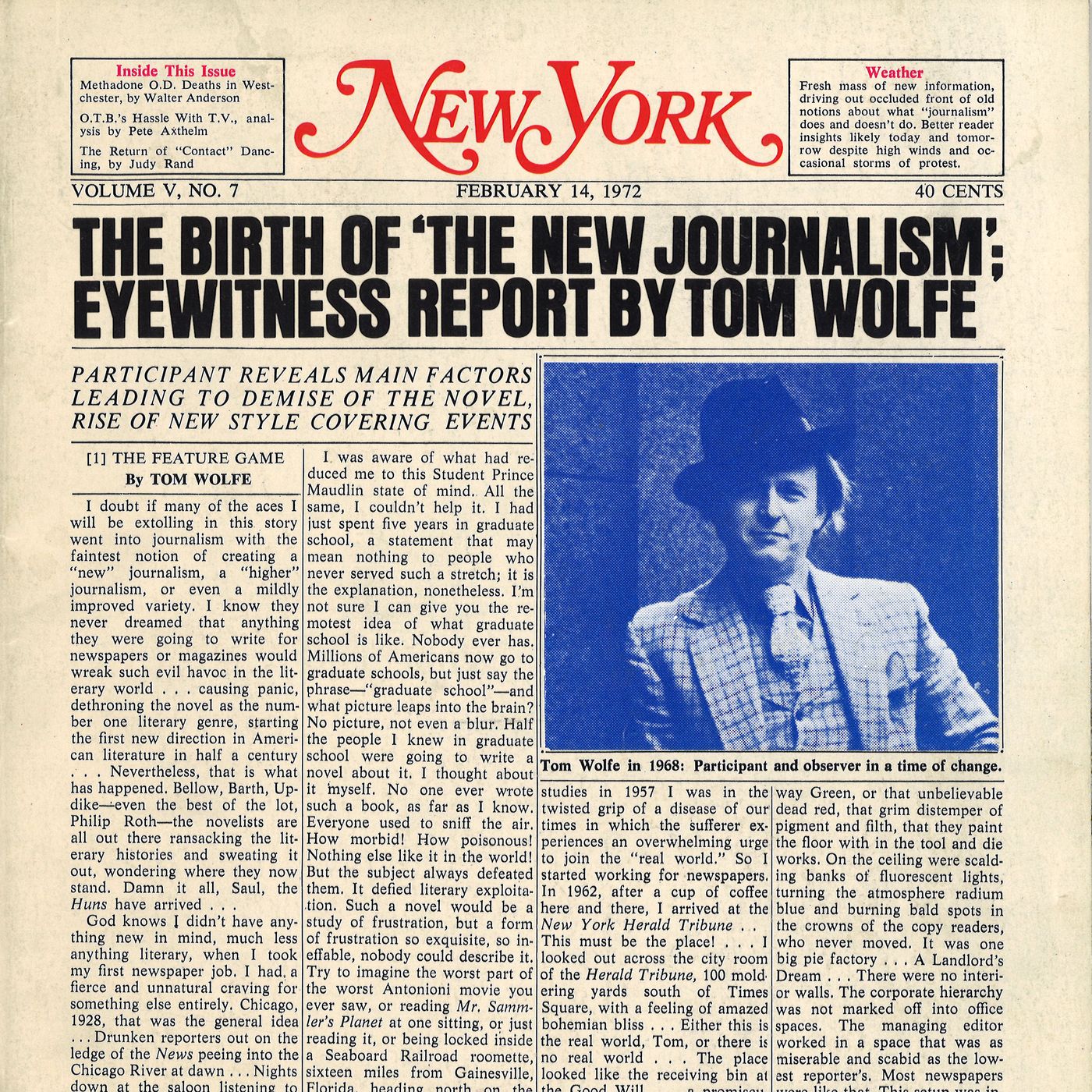How News Articles can Save You Time, Stress, and Money.
Table of ContentsThe Ultimate Guide To News ArticlesExcitement About News ArticlesThe Ultimate Guide To News ArticlesNews Articles Fundamentals ExplainedSome Known Questions About News Articles.
Excellent expertise of different topics provides students an affordable edge over their peers. Despite the fact that digital and social networks are readily easily accessible, we ought to not forget exactly how important it is to read the papers. Parents need to try and inculcate the practice of reviewing a newspaper as a day-to-day regimen to proceed the legacy of the adored print medium.News stories also have at the very least one of the following essential attributes relative to the intended target market: proximity, prominence, timeliness, human interest, strangeness, or repercussion.
Within these limits, information tales also intend to be thorough. Amongst the bigger and more highly regarded papers, fairness and equilibrium is a significant factor in providing details.
Newspapers with a worldwide audience, for instance, have a tendency to use a more official style of creating. The details options made by an information electrical outlet's editor or content board are usually accumulated in a style overview; usual design guides consist of the and the United States News Style Publication. The primary objectives of information writing can be summarized by the ABCs of journalism: precision, brevity, and clarity.
The 9-Second Trick For News Articles
As a regulation, reporters will not make use of a lengthy word when a brief one will certainly do. They utilize subject-verb-object building and construction and vibrant, active prose (see Grammar). They use narratives, examples and metaphors, and they rarely depend upon generalizations or abstract concepts. Information authors attempt to prevent making use of the exact same word extra than as soon as in a paragraph (in some cases called an "echo" or "word mirror").
Headings occasionally leave out the topic (e.g., "Jumps From Boat, Catches in Wheel") or verb (e.g., "Pet cat female lucky"). A subhead (likewise subhed, sub-headline, subheading, subtitle, deck or dek) can be either a secondary title under the major heading, or the heading of a subsection of the post. It is a heading that comes before the main text, or a team of paragraphs of the main message.

Additional billboards of any of these kinds may show up later in the article (especially on subsequent pages) to lure additional reading. Such signboards are also utilized as guidelines to the short article in various other sections of the publication or website, or as ads for the item in other magazine or websites. Common framework with title, lead paragraph (recap in bold), other paragraphs (details) and contact details.

Instance of a hard-lead paragraph NASA is recommending one more area project. The budget plan requests around $10 billion for the project.
The NASA announcement came as the firm asked for $10 billion of appropriations for the job. An "off-lead" is the 2nd essential front web page news of the day. The off-lead shows up either in the top left corner, or directly listed below the lead on the. To "hide the lead" is to start the post with background information or details of secondary relevance to the viewers, forcing them to check out more deeply right into a short article than they should have to in order to discover the vital factors.
The Greatest Guide To News Articles
Typical use is that one or more sentences each form their very Clicking Here own paragraph. Journalists generally describe the organization or structure of a news tale as an inverted pyramid. The vital and most intriguing aspects of a tale are placed at the start, with sustaining details following in order of decreasing relevance.
It allows individuals to check out a topic to just the depth that their inquisitiveness takes them, and without the imposition of information or subtleties that they could think about unimportant, but still making that details offered to much more interested viewers. The upside down pyramid structure also enables posts to be cut to any kind of approximate length during layout, to fit in the room available.
Some authors begin their stories with the "1-2-3 lead", yet there are many type of lead why not look here available. This style invariably begins with a "Five Ws" opening up paragraph (as explained above), followed by an indirect quote see page that offers to sustain a major aspect of the very first paragraph, and after that a direct quote to support the indirect quote. [] A twist can refer to numerous things: The last story in the news program; a "satisfied" story to end the program.
Longer posts, such as magazine cover articles and the pieces that lead the inside areas of a paper, are recognized as. Feature tales differ from straight information in numerous ways.
About News Articles
An attribute's initial paragraphs frequently associate an interesting minute or occasion, as in an "anecdotal lead". From the particulars of an individual or episode, its sight promptly widens to generalizations about the story's subject.

The Editor's Tool kit: A Recommendation Guide for Beginners and Professionals (2001) Allan M. Siegal and William G. Connolly. The New York Times Handbook of Style and Use: The Authorities Style Overview Utilized by the Writers and Editors of the Globe's Most Authoritative Paper (2002) M. L. Stein, Susan Paterno, and R.